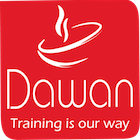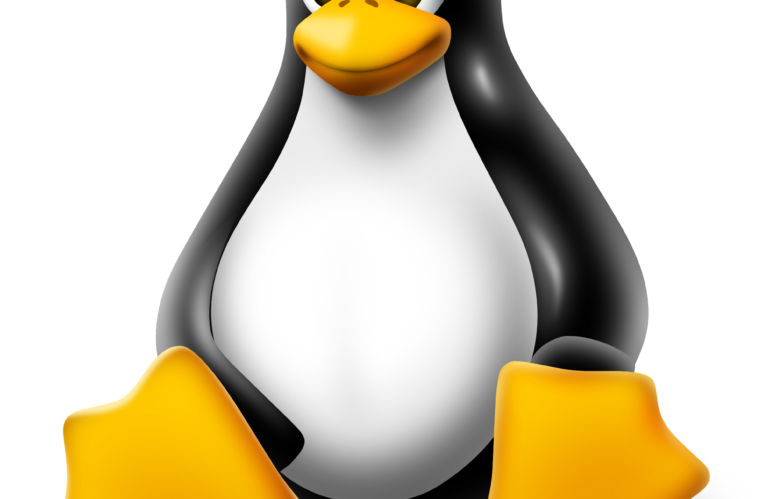Goals
- Know the basics of using Linux
- Take the LPI 101 exam
Program
Subject 101 : System architecture
Activate and deactivate internal devices
Configure systems with or without external devices such as the keyboard
Recognize the different types of mass storage devices
Know the differences between hotplug and coldplug devices
Identify the hardware resources of the devices
Tools and utilities to list information on hardware (eg lsusb, lspci, etc.)
Tools and utilities to manage USB peripherals
Understand the concepts of sysfs, udev and dbus
Provide common boot loader commands and kernel options during boot
BIOS boot sequence to OS
Understand SysVinit and systemd boot systems
Knowledge of Upstart boot system
View boot events in log files
Set the default runlevel
Change runlevel, test single user mode
Command line shutdown and restart
Warn users before changing runlevels or other major system events
Kill processes properly
Workshop: MCQ to comment on the subject 101
Subject 102: Linux Installation and Package Management
Allocation of file systems and swap on different disks or partitions
Size according to the use of the system
Ensure that the / boot partition conforms to the pre-requisites of the hardware architecture
Knowledge of the basic functionalities of LVM
Provide alternative boot locations and rescue boot options
Install and configure a boot loader such as Legacy
Make basic configuration changes for GRUB 2
Interact with the boot loader
Identify the shared libraries
Know the usual locations of the system libraries
Load shared libraries
Install, update and uninstall Debian packages
Find packages containing specific files or libraries whether or not installed
Obtain information on packages: version, content, dependencies, integrity and status
Install, reinstall, update and remove packages with RPM and YUM
Obtain information on RPM packages: version, state, dependencies, integrity and signatures
Determine the files of a package, and the package from which a file came
Workshop: MCQ to comment on the subject 102
Duration
2 days
Price
£ 1085
Audience
Any IT public or not, new to Linux
Prerequisites
Basic knowledge of using a PC and a system
Reference
LIN100036-F
Subject 103: The GNU and Unix commands
Use unit and sequences commands to perform basic tasks
Use and modify the shell environment: define, reference, and export environment variables
Use and edit the command history
Execute commands with relative paths and absolute
Use standard UNIX commands from GNU textutils packages to filter text output
Tools: cat, cut, expand, fmt, head, join, less
nl, od, paste, pr, sed, sort, split
tail, tr, unexpand, uniq, wc
Copy, move and delete single files and folders
Recursive copy of files and folders
Delete files and folders recursively
Use wildcards
Use the find command to find and process files by type, size and date / time
Use tar, cpio and dd
Redirect standard input, standard output, and error output
Use pipe
Use output from one command as input from another
Send output to stdout and to a file
Run jobs in the foreground and background
Configure a program to run after logoff
Monitor active processes
Select and sort processes to display
Send signals to processes
Find out the default priority of a created process
Run a program with a higher or lower priority
Modify the priority of a running process
Create a simple regular expression that contains multiple elements
Use regular expression-based tools to search the file system or the contents of a file
Navigate through a document with vi
Use the main vi modes
Insert, edit, delete, copy, and find text
Workshop: MCQ to comment on subject 103
Subject 104: Peripherals, Linux File System, and Standard FHS File System Hierarchy
Manage MBR partition tables
Use mkfs to create file systems: ext2 / ext3 / ext4, XFS, VFAT
Know ReiserFS and Btrfs
Basic use of gdisk and parted with GPT
Check file system integrity
Monitor i-nodes and free space
Repair simple problems
Manual mount and unmount
Configure boot mount
Configure removable user file systems
Define quotas on a file system
Edit, check and generate user quota reports
Manage file permissions
Use suid, sgid and sticky bit access modes to maintain security
Change the file creation mask
Using groups to grant access to files
Create links
Identify hard and soft links
File copy versus file links
Use links to perform system administration tasks
Understanding File Locations with the FHS
Finding Files and Commands on Linux
Knowing the Location and Purpose of Important Files and Folders Defined by the FHS
Workshop: MCQ to comment on the subject 104
Passing the certification (if provided for in the funding)
Sessions
Contact us for more informations about session date

